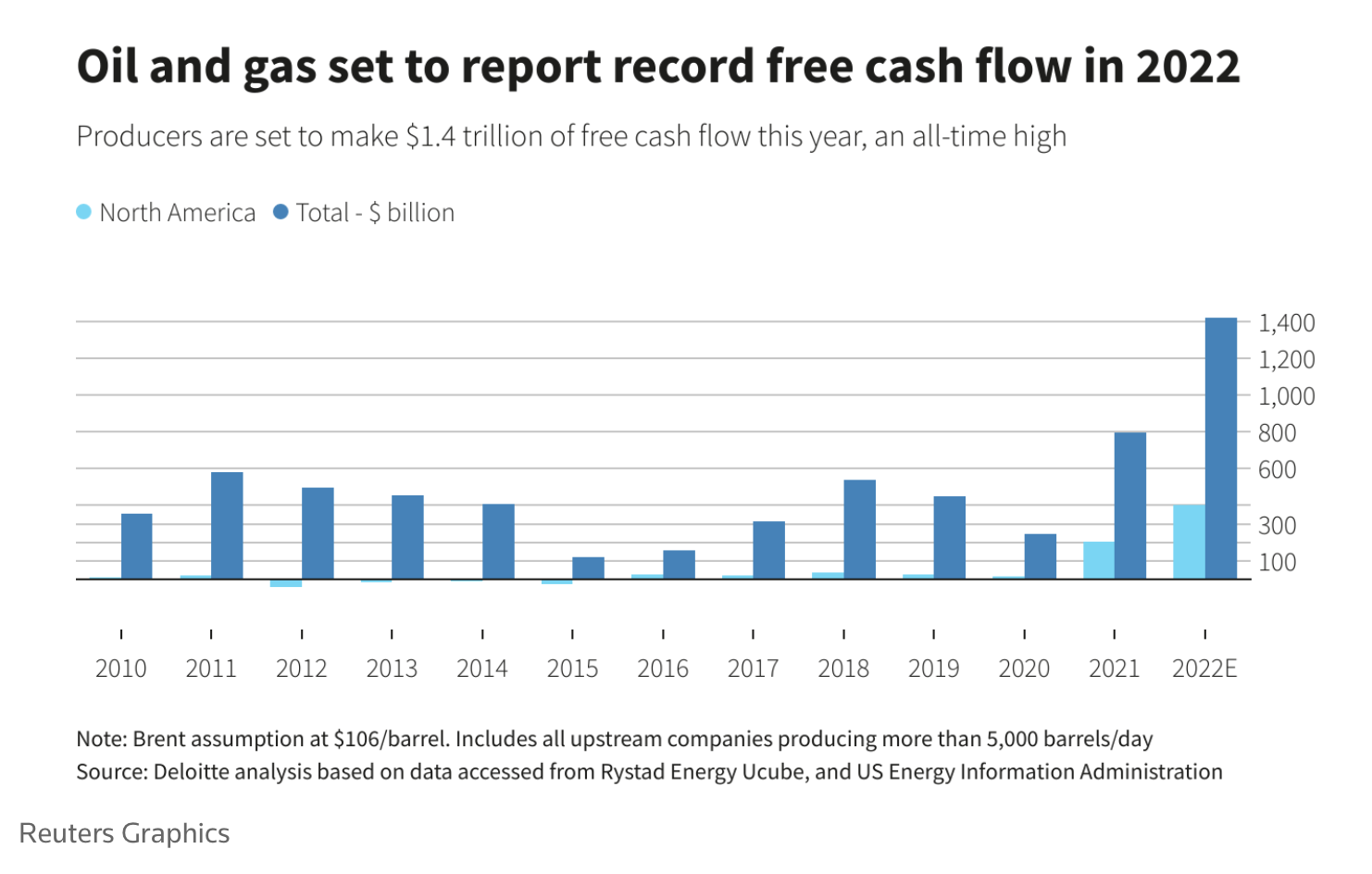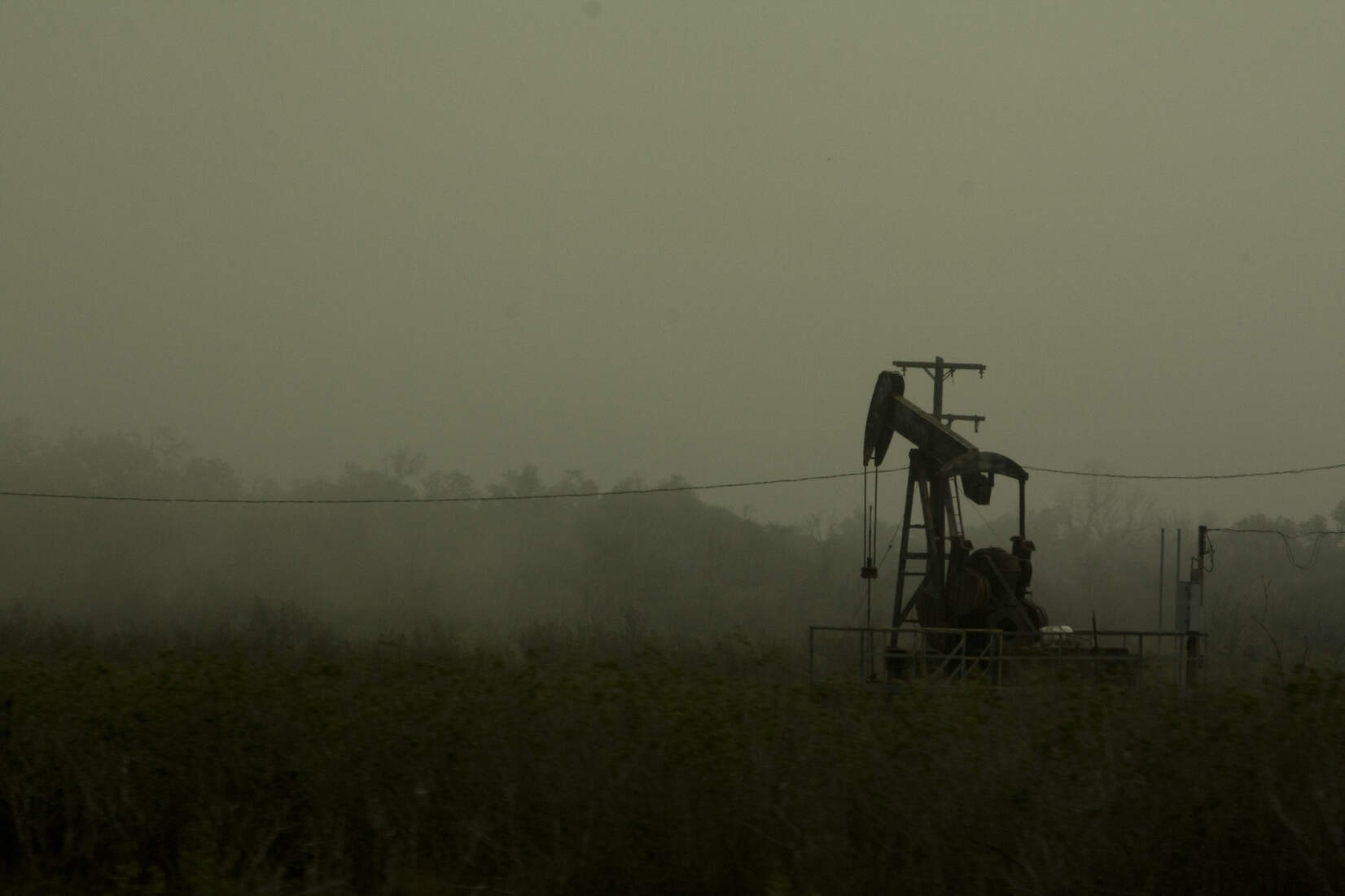Understanding Breezy And Mild Weather Patterns: A Comprehensive Guide

Table of Contents
Defining "Breezy and Mild" Weather
Defining "breezy" and "mild" requires a nuanced approach, as perception can vary based on location and individual sensitivity. Generally, "breezy" refers to wind speeds that are noticeable but not excessively strong. Using the Beaufort scale, breezy conditions typically fall within forces 2-4, representing wind speeds of 4-28 km/h (2-17 mph). This translates to a gentle to moderate wind that rustles leaves and causes small branches to sway.
"Mild," on the other hand, refers to temperatures that are comfortable and pleasant, avoiding extremes of heat or cold. The definition of "mild" is heavily context-dependent and varies significantly based on season and location. A mild winter day might have temperatures ranging from 5°C to 15°C (41°F to 59°F), while a mild summer day could be anywhere from 18°C to 25°C (64°F to 77°F).
- Typical wind speeds for breezy conditions: 4-28 km/h (2-17 mph).
- Temperature ranges considered mild in different climates: Highly variable; consider seasonal norms and regional averages.
- Factors influencing the perception of "breeze" and "mildness": Humidity, sunshine, personal tolerance to heat and cold.
Meteorological Factors Influencing Breezy and Mild Weather
Several meteorological factors interact to create breezy and mild weather conditions. Atmospheric pressure systems play a vital role. High-pressure systems generally bring calm or light breezes and stable, often sunny conditions, contributing to a feeling of mildness. Conversely, low-pressure systems can generate slightly stronger breezes, although typically still within the "breezy" range, often associated with cloud cover and potentially slightly cooler temperatures.
Geographical features significantly influence local wind patterns. Coastal areas often experience sea breezes, gentle winds blowing from the sea towards the land during the day, creating a milder temperature than inland regions. Valleys can channel wind, creating localized breezy conditions even when surrounding areas experience calmer air.
Air masses, particularly maritime air masses originating over oceans, have a strong moderating effect on temperature. These air masses are typically cooler and more humid than continental air masses, resulting in milder temperatures, especially in coastal regions.
- How high-pressure systems lead to calm or light breezes: Descending air suppresses wind formation.
- How low-pressure systems can generate slightly stronger breezes: Rising air creates pressure gradients leading to wind.
- The role of topography in channeling wind: Mountains and valleys influence wind direction and speed.
- The moderating effects of nearby water bodies on temperature: Water’s high specific heat capacity keeps temperatures more stable.
Regional Variations in Breezy and Mild Weather
Breezy and mild weather patterns exhibit significant regional variations. Mediterranean climate zones, for example, are renowned for their consistently breezy and mild weather due to the moderating influence of the sea and prevailing wind patterns. Coastal California, parts of the Mediterranean basin, and certain regions of Chile and Australia all share characteristics of this pleasant climate. However, even within these regions, seasonal changes impact the prevalence of these conditions. Summers might be warmer and drier, while winters see more moderate temperatures and increased precipitation, but typically remain mild compared to continental climates.
- Examples of regions with consistently breezy and mild climates: Mediterranean regions, parts of coastal California, and similar temperate coastal zones.
- Seasonal differences in breezy and mild weather patterns for selected regions: Summer typically brings warmer, drier conditions, while winter might be cooler but still mild with more precipitation.
- Impact of climate change on these patterns (potential shifts): Climate change may alter precipitation patterns, increase the frequency of extreme weather events, and potentially shift the typical ranges of mild weather.
Practical Applications of Understanding Breezy and Mild Weather
Understanding breezy and mild weather patterns has numerous practical applications. For planning outdoor activities like hiking or cycling, knowing the expected wind speed and temperature is crucial for safety and enjoyment. Choosing appropriate clothing is also essential: light layers are ideal for breezy conditions, allowing for adjustment based on temperature fluctuations.
In agriculture, understanding these patterns is vital for optimizing crop growth and protecting against adverse weather conditions. Wind can influence pollination, while temperature directly affects plant growth and development. Other industries sensitive to weather, such as construction and tourism, also benefit from accurate forecasts of breezy and mild conditions.
- Tips for planning outdoor events based on breezy and mild weather forecasts: Consider wind speed for activities like kite flying or sailing, and temperature for comfort.
- Clothing recommendations for various levels of breeze and mild temperatures: Layers are ideal for adjusting to changing conditions.
- The significance of understanding these patterns in agriculture and other sectors: Optimizing yields, protecting infrastructure, and enhancing safety.
Conclusion
Breezy and mild weather patterns result from a complex interplay of atmospheric pressure systems, geographical features, and air masses. Understanding these patterns is critical for numerous applications, from planning outdoor activities and choosing appropriate attire to optimizing agricultural practices and ensuring safety in various industries. By staying informed about mild weather forecasts and appreciating the nuances of these weather patterns, we can better enjoy the pleasant conditions they bring. Learn more about predicting and understanding breezy and mild weather patterns to better plan your outdoor activities and appreciate the nuances of our climate. Stay informed about mild weather forecasts and enjoy the pleasant conditions these patterns bring!

Featured Posts
-
 Big Bear Ai Holdings Inc Bbai Analyst Downgrade And Growth Concerns
May 20, 2025
Big Bear Ai Holdings Inc Bbai Analyst Downgrade And Growth Concerns
May 20, 2025 -
 Investigating The Reasons Behind D Wave Quantum Qbts Stocks Friday Gain
May 20, 2025
Investigating The Reasons Behind D Wave Quantum Qbts Stocks Friday Gain
May 20, 2025 -
 Leclercs Future At Ferrari The Hamilton Factor
May 20, 2025
Leclercs Future At Ferrari The Hamilton Factor
May 20, 2025 -
 Cote D Ivoire Bruno Kone Implique Les Maires Dans Le Nouveau Projet D Urbanisme
May 20, 2025
Cote D Ivoire Bruno Kone Implique Les Maires Dans Le Nouveau Projet D Urbanisme
May 20, 2025 -
 Endgueltige Formgebung Am Bau Ankuendigung Der Architektin
May 20, 2025
Endgueltige Formgebung Am Bau Ankuendigung Der Architektin
May 20, 2025
Latest Posts
-
 Mnaqsht Tqryry Dywan Almhasbt 2022 2023 Fy Albrlman Iqrar Almkhalfat W Alathar Almtrtbt
May 20, 2025
Mnaqsht Tqryry Dywan Almhasbt 2022 2023 Fy Albrlman Iqrar Almkhalfat W Alathar Almtrtbt
May 20, 2025 -
 Esperida Megalis Tessarakostis Stin Patriarxiki Akadimia Kritis
May 20, 2025
Esperida Megalis Tessarakostis Stin Patriarxiki Akadimia Kritis
May 20, 2025 -
 Representatives Push For 1 231 Billion In Oil Company Repayments
May 20, 2025
Representatives Push For 1 231 Billion In Oil Company Repayments
May 20, 2025 -
 Dywan Almhasbt Ykshf En Mkhalfat Malyt Rdwd Afeal Alnwab W Alkhtwat Alqadmt 2022 2023
May 20, 2025
Dywan Almhasbt Ykshf En Mkhalfat Malyt Rdwd Afeal Alnwab W Alkhtwat Alqadmt 2022 2023
May 20, 2025 -
 1 231 Billion Recovery Pledged From 28 Oil Companies
May 20, 2025
1 231 Billion Recovery Pledged From 28 Oil Companies
May 20, 2025
